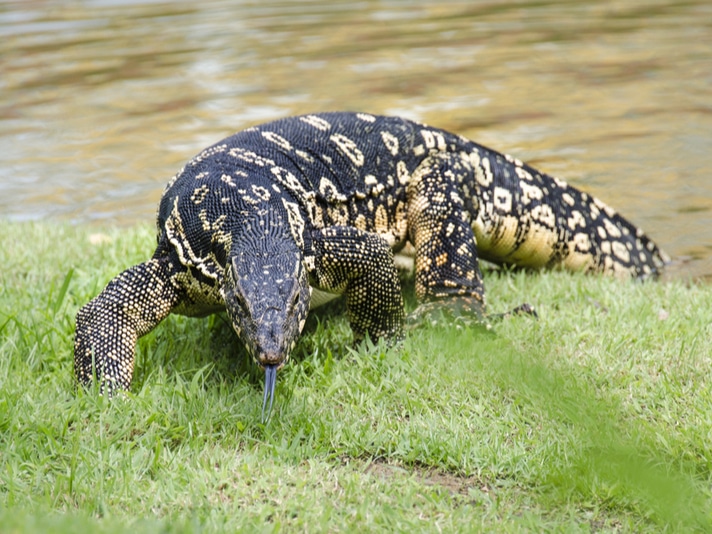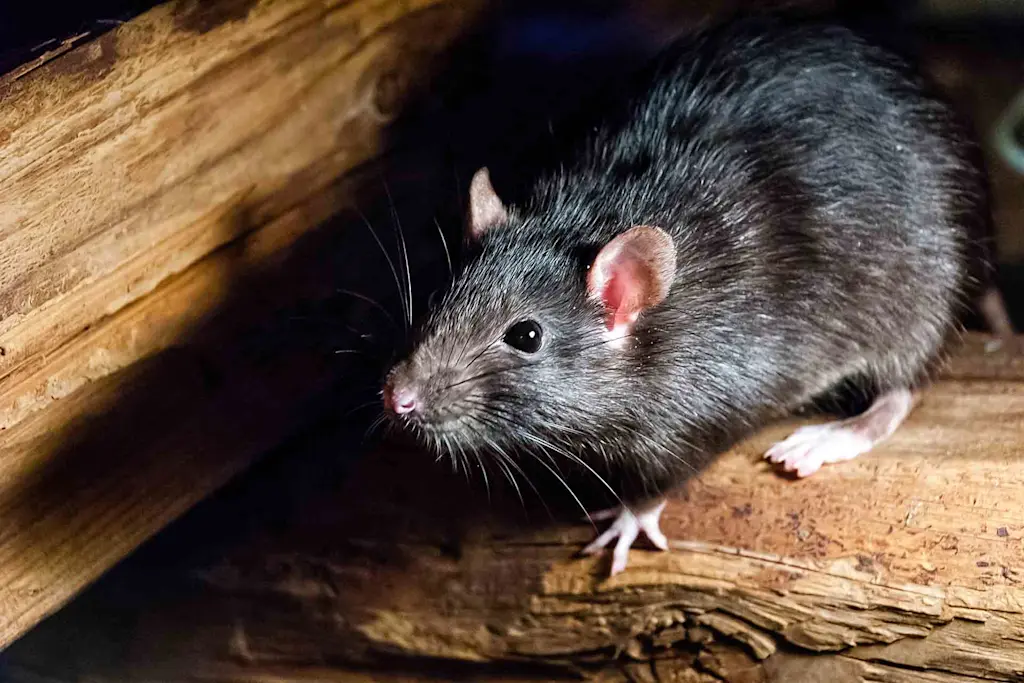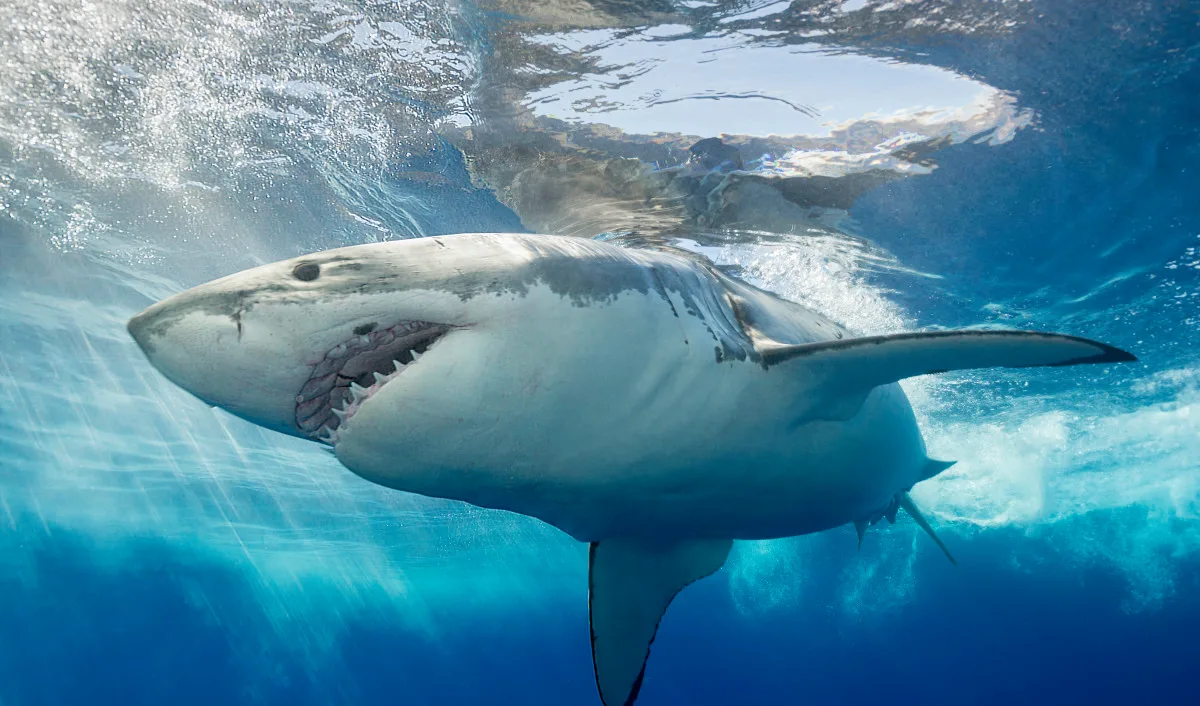Introduction
The Asian or Malayan water monitor (Varanus salvator) ranks among the largest lizard species in the world. Native to South and Southeast Asia, this remarkable reptile thrives in a wide range of environments—wetlands, mangroves, forests, and even bustling urban zones. Celebrated for its size, agility, and versatility, the water monitor plays vital ecological roles and faces growing conservation challenges.
1. Taxonomy & Distribution
Belonging to the family Varanidae and genus Varanus, V. salvator is also known as the Malayan monitor or two-banded monitor. Its geographic range extends from India and Sri Lanka through Myanmar, Thailand, Malaysia, Indonesia, and into the Philippines.
The species inhabits diverse environments—freshwater rivers, swamps, mangroves, coastal zones, and even peri-urban areas. In some nations (e.g. Thailand, Nepal, Hong Kong, Sri Lanka) it’s a protected species.
2. Physical Appearance & Dimensions
Adult water monitors typically reach lengths between 1.5 and 2 meters, with some specimens growing nearly 3 m and weighing up to 25 kg. Their bodies are robust and muscular, with long necks and pointed snouts. Their tails are laterally compressed and edged with a dorsal keel, aiding in swimming.
They display dark brown or blackish coloration, often with yellow spots or bands, especially on the belly. These markings tend to fade in older individuals.
For More Details: Pets Vibe Pro
3. Behavior, Locomotion & Adaptations
These monitors are diurnal (active during the day), spending time foraging, basking, and patrolling territory.
They are extraordinary swimmers. Thanks to their tail and body shape, they can remain submerged up to 30 minutes when hunting or evading threats. Their powerful limbs also make them capable climbers—they will ascend trees when pursuing prey or escaping predators. In fact, when in danger, they may jump from branches straight into water to flee.
They use their tails as rudders in water and as defensive weapons on land, lashing out to deter attackers They also mark territory via scent glands, which communicate dominance and individual presence to nearby lizards.

4. Diet & Feeding Behavior
Water monitors are opportunistic carnivores and scavengers, consuming fish, frogs, crabs, rodents, birds and eggs, small reptiles (including snakes and turtle hatchlings), and even carrion—including human remains in rare cases.
In urban and garbage-rich areas, diets may expand to include food scraps, rodents, stray cats/dogs, chickens, and trash. One population study reported stomach contents containing human food waste, turtle eggs, crabs, and lizard eggs. Their hunting strategy is termed “open pursuit”, where they chase and overpower prey using speed and stamina rather than ambush.
5. Reproduction & Life Cycle
Breeding is seasonal, typically occurring between April and October. Males reach sexual maturity around 1 m in length, and females at approximately 50 cm.
Females lay between 10 and 40 (sometimes up to 50) eggs in nests built within rotting logs, termite mounds, or burrowed sites near water. After incubation lasting roughly six to seven months, hatchlings emerge fully independent and well-developed.
6. Lifespan & Growth
In the wild, water monitors may live 12–20 years, with average lifespans closer to 10–15 years. Captive lifespans can exceed 25 years, thanks to stable food and lack of predators.
Growth is rapid: juveniles grow fast in the first two years and reach breeding maturity early. In some cases, they can double in body size within a year if resources permit.
7. Ecological Role
Water monitors are ecosystem service providers. As scavengers, they help clean habitats by consuming carrion, waste, and pest species like rodents.
By preying on crabs, snails, and other animals that can damage rice-field embankments, they benefit agricultural communities, such as in Sri Lanka where locals protect them for that reaso.
8. Threats & Conservation Status
Although categorized as Least Concern by the IUCN, Varanus salvator faces multiple threats:
- Skin harvesting: Millions of skins are exported annually (mainly from Indonesia) for leather, often selecting mid-size individuals due to flexibility and material quality.
- Habitat loss: Urbanization, deforestation, and draining of wetlands reduces suitable living and nesting spaces.
- Hunting and capture: They are captured for the pet trade, meat, or traditional medicine, impacting local populations.
Nonetheless, their adaptability—including living in urban environments—has enabled many populations to remain robust.
9. Human Encounters & Urban Adaptation
Water monitors are frequently sighted in cities—drainage canals, garbage dumps, parks, and riversides. In places like Bangkok or Kuala Lumpur, they regularly forage within meters of pedestrians. Their boldness reflects their adaptability, not aggression.
Occasionally, they stray far from native range. Notable recent sightings include a five-foot Asian water monitor in Florida, captured in a viral video, likely an escaped or released pet. More recently, in July 2025, officials in Connecticut reported a missing illegally kept pet monitor (“Goose”) near a pond, warning locals about its presence and handling risks.
While generally non-aggressive, their size and sharp teeth make them dangerous if provoked. Local wildlife authorities emphasize reporting sightings, not engaging.
10. In Captivity: Care Considerations
Though sometimes sold in the exotic pet trade, captive care is complex and specialized. These lizards require:
- Large enclosures (up to several meters in length)
- Precise temperature gradients, UVB lighting, and high humidity
- A varied diet reflecting their carnivorous and scavenging nature
- Clear understanding that personal space requirements and long lifespan make them suitable only for experienced keepers.
Illegal ownership (without permits) risks ecological harm if escaped, and stress or poor welfare for the animal.

11. Interesting Facts & Trivia
- The water monitor’s forked tongue, similar to a snake’s, enhances scent tracking in the air or on surfaces.
- Males fiercely defend territory; confrontations may involve biting and tail-whipping, causing injuries.
- They have been known to consume small crocodiles or crocodile eggs, underscoring their predatory power.
- Certain populations enter caves at night to hunt fallen bats, a rare behavior among reptiles.
- In forensic contexts, their scavenging can complicate investigations—because feeding marks may mimic wounds made by knives or weapons.
12. Comparative Overview with Other Monitors
Unlike specialized species such as the Komodo dragon, Varanus Salvatore is far more widespread, adaptable, and flexible in diet and habitat. Komodos are limited to remote Indonesian islands, while water monitors occupy densely populated human landscapes.
Compared with other species like the mangrove monitor (V. indicus), which is more coastal and localized, V. salvator shows greater ecological plasticity and broader distribution.
13. Research & Conservation Gaps
Despite being abundant, population estimates remain unknown. According to experts, the IUCN lacks precise global numbers, though the species seems widely resilient.
Researchers also call for deeper studies on ecological roles: how do they affect rodent populations, do they help maintain wetland health, and what are the sustainability implications of leather trade? Much of the academic work remains incomplete or regionally limited.
14. Conservation & Coexistence
Efforts to protect water monitors include:
- Legal protections in many Southeast Asian countries
- Education and outreach to encourage local communities to value their presence
- Sustainable trade practices that limit killing of breeding females and overharvesting
Given their role in pest control and as natural scavengers, humans can benefit from non-destructive coexistence—while respecting safety protocols and not interfering with them.
15. Summary & Final Thoughts
The Asian water monitor lizard is a living testament to nature’s adaptability: big, intelligent, resourceful, and capable of thriving alongside humans. They clean up carrion, control pests, and tolerate habitats ranging from jungle to sewer. Yet, they face threats from trade, habitat destruction, and improper handling by people.
Protecting their habitats, regulating trade, and respecting wild wildlife are keys to ensuring these impressive reptiles continue fulfilling their ecological roles—and remaining a wondrous part of Asia’s biodiversity.


